HARZ Labs Received Patent for Dental Resins

The Russian manufacturer of photopolymer 3D printing consumables HARZ Labs was granted a patent for “UV-curing dental material based on polymers".

The Russian manufacturer of photopolymer 3D printing consumables HARZ Labs was granted a patent for “UV-curing dental material based on polymers".
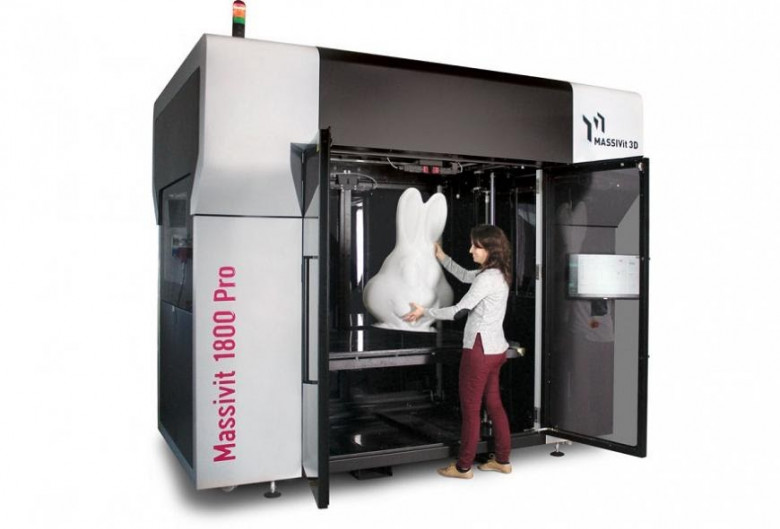
The Israeli company Massivit 3D Printing Technologies offers a new large-format 3D printer called Massivit 1800 Pro. The high-performance Massivit additive machines are used in the production of promotional products, thermoforming molds, and prototyping.

E-moto AGH, a team of students from the Polish Academy of Science and Technology, designed and built an electric off-road motorcycle. The students not only managed to prove the benefits of alternative energy sources, they also learned how to apply the latest solutions, such as the Sinterit Lisa Pro desktop SLS 3D printer. For the most part, the motorbike was created in the laboratory of the academy.
“We spend most of our time in the workshop,” says team leader David Senko. “Our project is the creation of electric motorcycles. Two bikes are now ready: with a capacity of eight and thirty kilowatts.”
The E-moto AGH team builds their bikes from scratch. Many parts are made by hand, for example, using vacuum forming or machining. The rest of the parts are 3D printed. Students use several printers, mostly of FDM type. But there was a special task for which the technology of selective laser sintering was employed.
“We needed to print a heatsink housing, and SLS is the best fit for this purpose, because prints are durable and some parameters are more predictable than FDM,” says Jakub Sobański. “It is also very important that we can use a wide range of powders.”
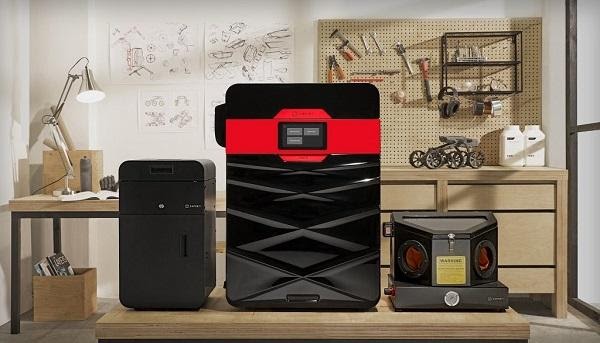
The Polish company Sinterit, a manufacturer of priced-to-please 3D printers using selective laser powder sintering (SLS) technology offers the Lisa 2 3D printer with an increased build area and an expanded range of supported materials.

Additive manufacturing department of General Electric shipped the 100,000th 3D printed fuel nozzle tip for the LEAP family of turbofan engines that are used on Airbus and Boeing aircrafts. Inspection of these parts before and after use can be completed with the use of laser 3D scanning (see examples here).

The Israeli company Massivit launched a new Massivit 10000 photopolymer 3D printer using a combined 3D printing and injection molding technology.

Do you think the Creatbot F1000 has a large build volume? No wonder you think so. After all, it's been used to print entire car bodies. More on this here. But in this article we'll explore a project that allowed printing an entire bridge.
A bridge with a 20-meter (65 feet) long 3D printed section appeared in Chengdu, China. The section is printed with a polymer composite material. The practical purpose of the bridge is not clear: it doesn’t connect two shores, both ends are located on the same side.
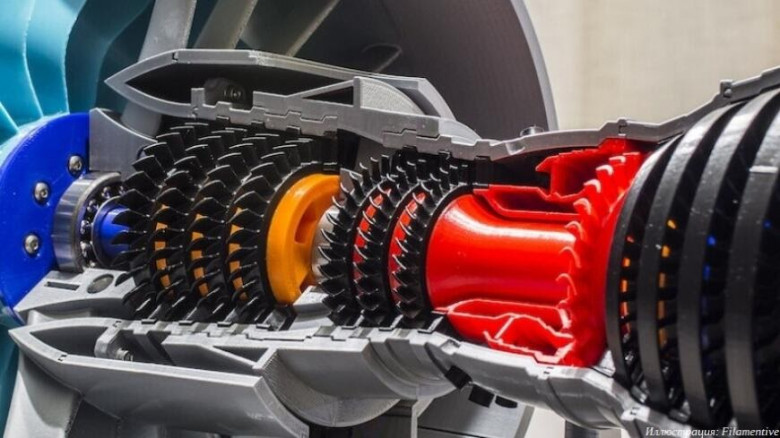
British company Filamentive added a proprietary PLA-filament to its portfolio. Its impact strength is 7.5 times higher than that of regular PLA (polylactide). It’s interesting that the company achieved this without the use of carbon fiber that is often added in order to improve the mechanical properties of Nylon. (Note: to print with CF-filled filaments one needs to install a hardened steel nozzle like the one here.)
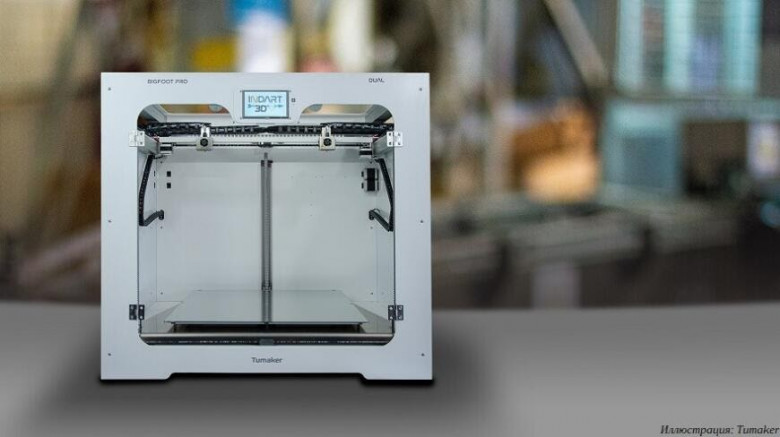
Tumaker offers the Pro Dual line of FDM 3D printers with IDEX kinematics. The systems are offered in different sizes, being equipped with a wide choice of extruder combinations — direct and Bowden for 3D printing filaments and a pellet option for working with granular polymers.
Today, we will talk not about desktop CNC machines such as the Flux BeamBox 50W but about industrial installations. The KAMAZ automobile plant acquired the dual-spindle Unitwin 6000 CNC machining center by the Dutch company Unisign. This machine is designed for complex processing of truck front axles.
The vertical 5-axis CNC machining center with two swivel spindle units can perform a whole range of operations such as milling, drilling, boring, and reaming for both medium- and heavy-duty vehicles and buses.
Lead Process Engineer Dmitry Silantyev explained, “The device is set up for machining the front axles of the KAMAZ-6520, -65208, -4308, and -5262 models. Previously, we processed them on several CNC machines in our crankcase workshop, now they are replaced by one machining center. The free machines will be used to make other parts."
Nikolay Bardanov, Deputy Chief Technology Officer at KAMAZ, added, “The commissioning works being completed, the machine has been put into operation. The machining center is unique, so a company representative trained the maintenance specialists and operators who will work on it."
The equipment will increase the production of front axles for trucks by reducing the time for changeovers and improve the quality of products.
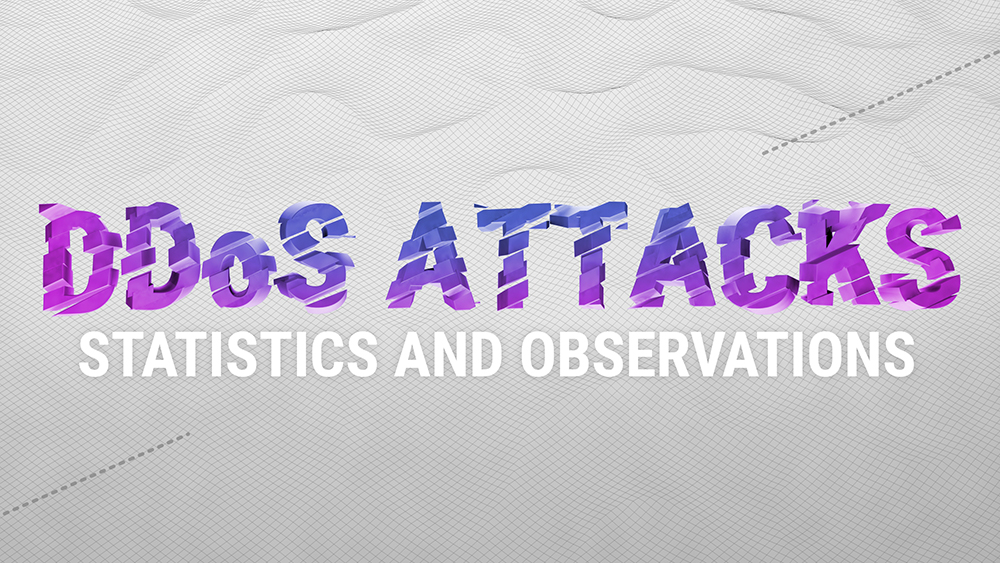
2021 was an action-packed year for Qrator Labs.
It started with the official celebration of our tenth year anniversary, continued with massive routing incidents, and ended with the infamous Meris botnet we reported back in September.
Now it is time to look at the events of the last quarter of 2021. There are interesting details in the BGP section, like the new records in route leaks and hijacking ASes, but first things first, as we start with the DDoS attacks statistics.

Autodesk, a leader in the development of solutions for design, construction, development, production, animation and graphics, held an annual conference that brought together professionals from all over the world.

Flashforge has released an upgraded version of the Creator 3 desktop FDM 3D printer — the Creator 3 Pro additive system with IDEX kinematics, featuring increased performance as well as a number of hardware and software improvements.

You thought that the Modix Big-180X was too large for your projects, hah? Yaroslavl-based Russian constructional 3D printing company AMT Specavia, a resident of the Skolkovo foundation, is building a whole housing settlement with the help of the in-house developed constructional 3D printer named S-300.
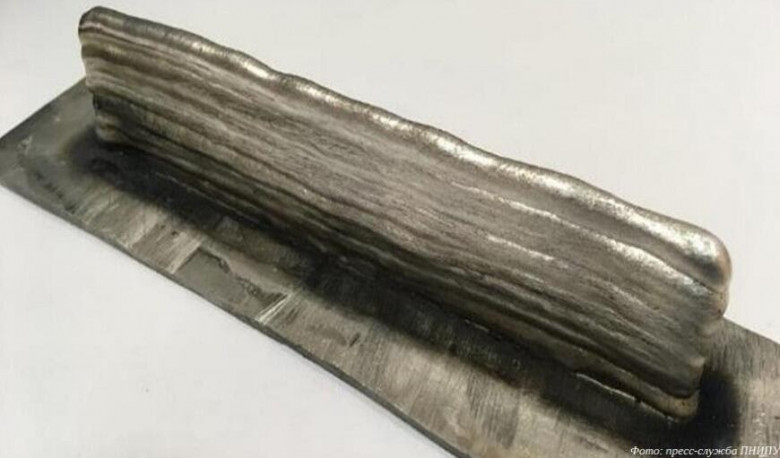
Scientists from the Perm National Research Polytechnic University (PNRPU) and the Mexican Autonomous University of Coahuila are creating a technique for automating the 3D printing process by electron-beam melting of metal wire (EBM) to print parts for aircraft, rockets, and ships. (Changes to such large parts after use are normally examined with laser scanners such as the KSCAN Magic II. Scan examples can be viewed here).

Designed by Olaf Diegel, professor of additive manufacturing at the University of Auckland, this instrument was manufactured using Forust's unusual 3D printing process using wood waste and lignin-based bioresin.

Goodyear is going to test the utility of airless tires on urban roads. The recipients of the new wheels will be Local Motors' 3D printed autonomous shuttles Olli (can scarcely be printed on equipment like the Craftbot Plus Pro;) ) put into trial operation in Florida.
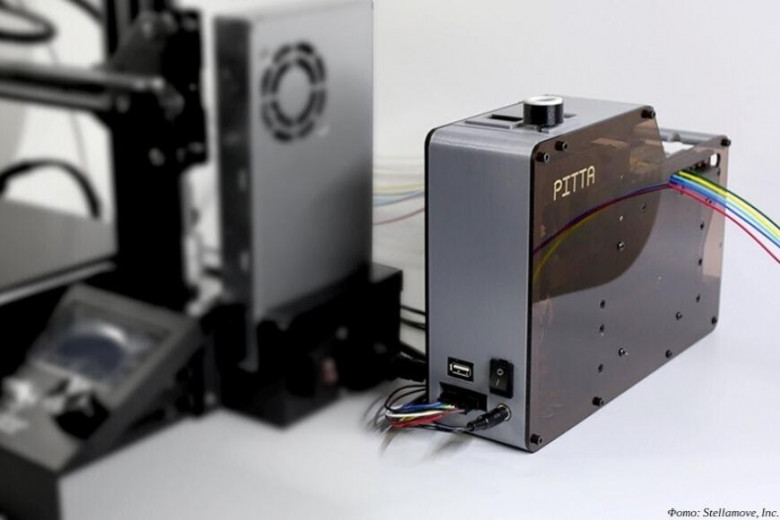
South Korean company Stellamove, Inc. offers an automatic filament changing system for the Ender-3 3D printers (We wonder if the solution could work with the Creality CR-5 Pro H 3D printers). It’s now available for pre-order and supports up to eight filaments during one working cycle.